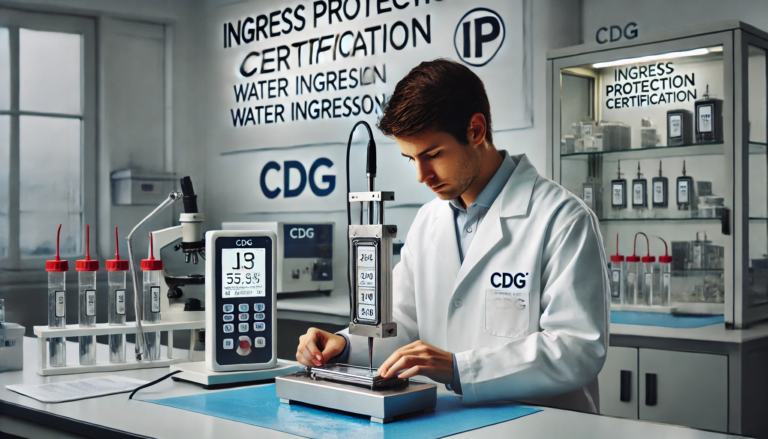In an increasingly technology-driven world, ensuring the durability and reliability of electronic devices is more crucial than ever. Ingress Protection (IP) certification plays a vital role in verifying how well a product can withstand environmental factors like dust, moisture, and other elements. However, obtaining this certification is not without its challenges. Whether you’re a manufacturer, product designer, or quality assurance specialist, understanding these hurdles can help streamline the certification process and ensure that your products meet industry standards. Let’s dive into the common challenges faced in achieving ingress protection certification and explore practical tips to overcome them.
Understanding Ingress Protection Certification
Ingress Protection certification, often denoted by an IP rating, is a measure of how well an enclosure protects its contents from intrusion by foreign objects and water. The rating system, defined by the international standard IEC 60529, uses two digits to represent the level of protection. The first digit indicates protection against solid particles, while the second digit denotes protection against liquids.
Common Challenges in Obtaining Ingress Protection Certification
Design Complexity and Validation
Designing a product to achieve a high IP rating often involves intricate planning and testing. Ensuring that enclosures, seals, and other components meet the required standards can be challenging. The design must address potential ingress points and incorporate effective sealing methods. For example, achieving an IP68 rating (protection against dust and continuous immersion in water) requires precise engineering to ensure that all seals and gaskets are correctly installed and tested.
Tip: Engage with a knowledgeable design team and conduct thorough prototyping and testing to identify and address potential design flaws early in the development process.
Material Selection
Choosing the right materials is crucial for achieving the desired IP rating. Materials must be resistant to environmental factors such as dust, water, and temperature variations. For instance, certain plastics might degrade over time when exposed to UV radiation, impacting their effectiveness in preventing ingress.
Tip: Opt for materials that are proven to withstand environmental conditions and consult with material experts to ensure compatibility with the desired IP rating.
Testing Procedures
Accurate testing is essential for obtaining IP certification. Tests must be conducted under controlled conditions to ensure that the product meets the required standards. Variability in testing environments or procedures can lead to inconsistent results and potential certification delays.
Tip: Work with accredited testing laboratories that follow standardized testing protocols and can provide reliable results. Regularly review testing procedures to ensure they align with current standards.
Regulatory Compliance
Compliance with local and international regulations can be a complex aspect of the certification process. Different regions may have varying requirements for ingress protection, and navigating these regulations can be challenging.
Tip: Stay updated on regulatory changes and engage with certification bodies familiar with the requirements of the target market to ensure smooth compliance.
Cost Considerations
Achieving a high IP rating can be costly due to the need for advanced materials, design modifications, and extensive testing. Budget constraints can impact the feasibility of obtaining a specific IP rating.
Tip: Conduct a cost-benefit analysis to determine the most practical IP rating that meets your product’s needs and market demands. Plan and allocate resources accordingly to manage costs effectively.
Obtaining ingress protection certification involves navigating various challenges, from design complexity and material selection to testing procedures and regulatory compliance. By addressing these challenges proactively, you can streamline the certification process and ensure that your products meet the highest standards of durability and reliability. Remember, achieving a high IP rating not only enhances your product’s marketability but also provides assurance to customers about its performance in challenging environments.


